The most educated countries in the world
Ground crew members hold a
Japanese flag as they wave to a Japan Maritime Self-Defense Force's P3C
patrol plane as it leaves the Royal Malaysian Air Force base for
Australia to join a search and rescue operation for the missing Malaysia
Airlines, flight MH370, in Subang, Malaysia, Sunday, March 23, 2014.
Search planes headed back out to a desolate patch of the southern Indian
Ocean on Sunday in hopes of finding answers to the fate of the missing
Malaysia Airlines jet, after China released a satellite image showing a
large object floating in the search zone. (AP Photo/Lai Seng Sin)
According to data recently released by the Organization for
Co-operation and Development (OECD), more than half of Russian adults
held tertiary degrees in 2012 -- the equivalent of college degree in the
United States -- more than in any other country reviewed.
Meanwhile, less than 4% of Chinese adults had tertiary qualifications in
2012, less than in any other country. 24/7 Wall St. reviewed the 10
countries with the highest proportion of adults holding a
college degree.
The most educated populations tend to be in
countries where tertiary education spending is among the highest.
Tertiary education spending in six of the most educated countries was
higher than the OECD average of $13,957. Spending on tertiary education
in the U.S., for example, was $26,021 per student, by far the most in
the world.
It
is also a worthwhile investment for the government. Schleicher
explained that “taxpayers in the U.S. get $200,000 more out of every
graduate than what they actually invested, so it’s a good business for
the government as well.”
Despite the value of investing in
education, there are exceptions. Korea and the Russian Federation both
spent less than $10,000 on tertiary education per student in 2011,
considerably lower than the OECD average. Yet, they still have among the
most educated populations.
Qualifications do not always translate
into stronger skills. While only 1 in 4 of U.S. college graduates reach
the top-end of literacy skill, more than 35% reach that level in
Finland, Japan, and the Netherlands. As Schleicher explained, “We
typically describe people by their formal qualifications, but this data
suggests that the skill value of formal qualifications vary considerably
across countries.”
Nevertheless, countries with strong higher
education systems tend to have higher levels of advanced skills. Roughly
12% of adults across the OECD performed at the highest literacy
proficiency level in 2012. The percentage of adults performing at the
highest literacy level exceeded that figure in five of the most educated
countries.
Those higher skills may be paying off for
residents. Only Ireland had an unemployment rate higher than the OECD
rate of 7.5% in 2012. According to Schleicher, this relationship may
also work the other way around because those who are employed are far
more likely to pursue higher education and training. Unfortunately, this
means “those who need life-long learning the most actually get the
least out of it.”
To identify the most educated countries in the
world, 24/7 Wall St. reviewed the 10 countries with the highest
proportions of residents aged 25 to 64 with a tertiary education in
2012. These data were included as part of the OECD’s 2014 Education at a
Glance report. The countries considered included the 34 OECD member
countries, and ten non-OECD nations. Included in the report were data on
the proportion of adults completing various levels of education,
unemployment rates, as well as public and private education expenditure.
We also reviewed data from the OECD’s Survey of Adult Skills, which
included advanced adult proficiency in both math and reading. The most
current figures for education expenditure by country are from 2011.
These are the most educated countries in the world.
10) Ireland
> Pct. population with tertiary education: 39.7%
> Average annual growth rate (2005-2012): 5.2% (4th highest)
> Tertiary education spending per student: $16,095 (12th highest)
Nearly
40% of Irish adults between the ages of 25 and 64 had tertiary
qualifications in 2012, the 10th highest rate among all countries
reviewed by the OECD. This represents a substantial increase from more
than a decade ago when just 21.6% of adults had completed some form of
higher education. Worsening employment opportunities in recent years may
have made higher education more attractive to the country's residents.
More than 13% of the population was unemployed in 2012, one of the
highest rates among countries reviewed. The unemployment rate for
college-educated adults, however, was considerably lower. Pursuing
higher education is especially attractive for citizens of European Union
countries because their tuition is heavily subsidized at public
institutions in Ireland.
9) New Zealand
> Pct. population with tertiary education: 40.6%
> Average annual growth rate (2000-2011): 2.9% (13th lowest)
> Tertiary education spending per student: $10,582 (15th lowest)
The
global financial crisis did not have as dramatic an impact on public
education spending in New Zealand as it did in many other countries.
While public educational expenditure declined in a number of OECD
nations between 2008 and 2011, public education spending in New Zealand
increased by more than 20% over that time, among the larger increases.
Still, spending on higher education is low compared to other developed
countries. In 2011, $10,582 was spent per student in the country on
tertiary education, less than the OECD average of $13,957. Despite
spending less than the average per tertiary student, however, spending
on all other forms of education accounted for 14.6% of total public
spending in New Zealand, more than any other country reviewed.
8) United Kingdom
> Pct. population with tertiary education: 41.0%
> Average annual growth rate (2000-2011): 4.0 (11th highest)
> Tertiary education spending per student: $14,222 (16th highest)
While
many national economies, including the United States, grew between 2008
and 2012, the United Kingdom’s economy shrunk over that time. Despite
the downturn, public education spending as a percentage of GDP increased
in the country more than any OECD nation over the same period. The
United Kingdom is one of just a few countries with a “sustainable
approach to higher education financing,” according to Schleicher. Every
student in the country has access to an income-contingent loan, meaning
repayment is not required until the student's income exceeds a certain
threshold.
7) Australia
> Pct. population with tertiary education: 41.3%
> Average annual growth rate (2000-2011): 3.5% (15th highest)
> Tertiary education spending per student: $16,267 (11th highest)
More
than $16,000 was spent per student on tertiary education in Australia,
among the higher rates in the OECD. Australia's higher education system
is one of the most popular among international students, attracting 5%
of all foreign students. By comparison, the U.S., which has many times
the number of schools, attracted only three times as many foreign
students. And higher education seems to pay off for graduates who remain
in the country. The unemployment rate among residents with tertiary
qualifications was lower than all but a handful of countries reviewed in
2012. Additionally, nearly 18% of adults performed at the highest
literacy level in 2012, considerably higher than the OECD average of
12%.
6) Korea
> Pct. population with tertiary education: 41.7%
> Average annual growth rate (2000-2011): 4.8% (8th highest)
> Tertiary education spending per student: $9,926 (12th lowest)
Despite
spending less than $10,000 per student on tertiary education in 2011,
less than any other country on this list except for Russia, Korean
residents have become among the world’s most educated. While just 13.5%
of Korean adults aged 55-64 had completed tertiary degrees in 2012, over
two-thirds of 25 to 34 year-olds, had. The 50 percentage points was by
far the largest generational improvement among all countries reviewed.
Nearly 73% of tertiary education spending came from private sources in
2011, more than all but one other country. High levels of private
spending tend to exacerbate inequalities. The growth in educational
attainment and educational mobility, however, is likely due to
relatively equitable access to higher education in Korea. Koreans were
the most likely to access higher education among all countries reviewed,
according to the OECD.
5) United States
> Pct. population with tertiary education: 43.1%
> Average annual growth rate (2000-2011): 1.4% (the lowest)
> Tertiary education spending per student: $26,021 (the highest)
In
2011, more than $26,000 was spent on tertiary education per student in
the U.S., nearly double the OECD average of $13,957. Private expenditure
in the form of tuition fees accounted for the majority of this
spending. High education expenditures have paid off to some degree, as a
large proportion of U.S. adults have very high levels of qualification.
Because of the slow growth rates of the past decade, however, the
U.S. has slipped behind many other nations. While spending per tertiary
student between 2005 and 2011 increased by 10% across OECD countries on
average, U.S. spending decreased over that time. And the U.S. was one of
only six countries to cut public education spending between 2008 and
2011. Like other countries where education is controlled by regional
authorities, tertiary attainment levels vary widely in the United
States, from as little as 29% in Nevada, to as much as 71% in the
District of Columbia.
4) Israel
> Pct. population with tertiary education: 46.4%
> Average annual growth rate (2000-2011): N/A
> Tertiary education spending per student: $11,553 (18th highest)
Most
18-year old Israelis are subject to at least two years of mandatory
military service. Perhaps as a result, country residents tend to
complete higher education degrees later in life than in other countries.
The compulsory conscription, however, has not lowered educational
attainment rates, as 46% of Israeli adults had attained tertiary
qualification in 2012. More than $11,500 was spent per student on
tertiary education in 2011, lower than most other developed countries.
Low education spending in Israel has resulted in low teacher salaries.
New secondary teacher hires with minimum training were paid less than
$19,000 in 2013, versus an OECD average of more than $32,000.
3) Japan
> Pct. population with tertiary education: 46.6%
> Average annual growth rate (2000-2011): 2.8% (12th lowest)
> Tertiary education spending per student: $16,445 (10th highest)
Like
the U.S., Korea, and the United Kingdom, private spending accounts for
the vast majority of spending on tertiary education in Japan. While this
can often lead to social inequalities, Schleicher explained that like
most Asian countries, Japanese families are by and large willing to save
money for their children’s educations. Strong education spending and
participation in higher education does not necessarily translate to
higher academic skills. In Japan, however, higher spending did lead to
better learning outcomes, as more than 23% of adults performed at the
highest level of literacy proficiency, nearly double the OECD average of
12%. Younger students also seem to be well-educated, as Japan reported
exceptionally high Program for International Student Assessment (PISA)
scores in mathematics in 2012.
2) Canada
> Pct. population with tertiary education: 52.6%
> Average annual growth rate (2000-2011): 2.3% (8th lowest)
> Tertiary education spending per student: $23,225 (2nd highest)
> Average annual growth rate (2000-2011): 2.3% (8th lowest)
> Tertiary education spending per student: $23,225 (2nd highest)
More
than half of Canadian adults had received tertiary qualification in
2012, the only country other than Russia where a majority of adults had
some form of higher education. Canada's education expenditure of $23,226
per student in 2011 trailed only the United States' expenditure.
Canadian students of all ages appear to be very well-educated. Secondary
school students outperformed the majority of countries in mathematics
on the PISA in 2012. And nearly 15% of adults in the country performed
at the highest level of literacy proficiency, versus an OECD average of
12%.
1) Russian Federation
> Pct. population with tertiary education: 53.5%
> Average annual growth rate (2000-2011): N/A
> Tertiary education spending per student: $7,424 (the lowest)
> Average annual growth rate (2000-2011): N/A
> Tertiary education spending per student: $7,424 (the lowest)
More
than 53% of Russian adults between the ages of 25 and 64 had some form
of higher education in 2012, more than in any other country reviewed by
the OECD. The country has reached this exceptional level of attainment
despite spending among the least on tertiary education. Russia's
tertiary education expenditure was just $7,424 per student in 2010,
roughly half the OECD average of $13,957. Russia was also one of just a
few countries where education spending declined between 2008 and 2012.



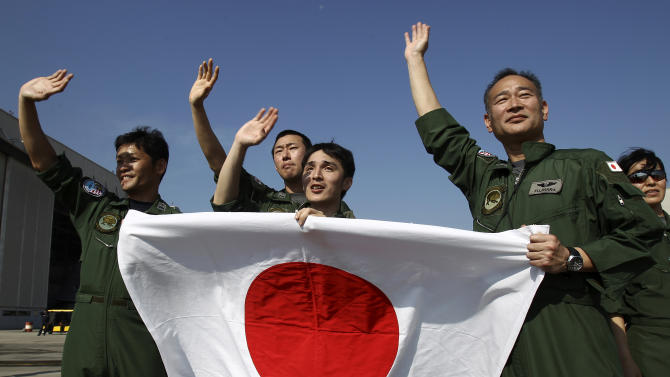

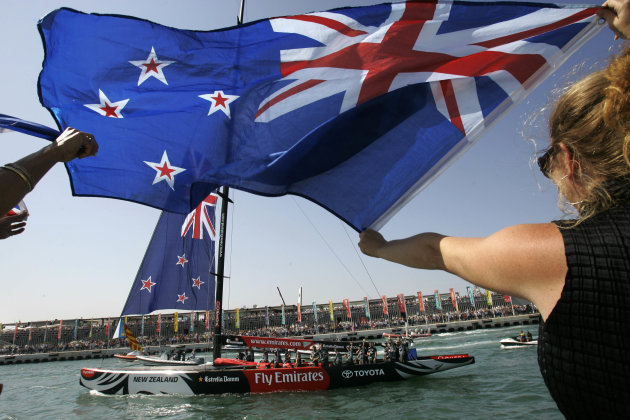
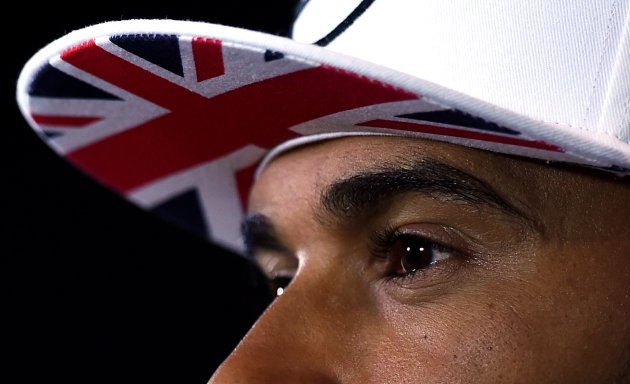
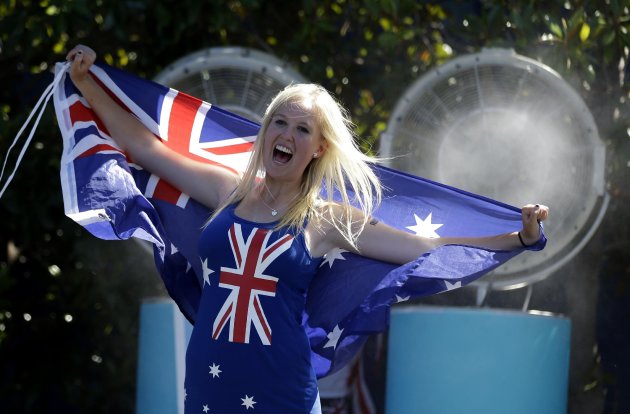
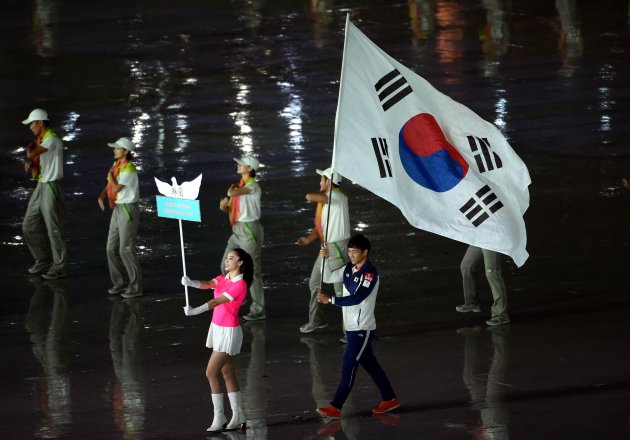


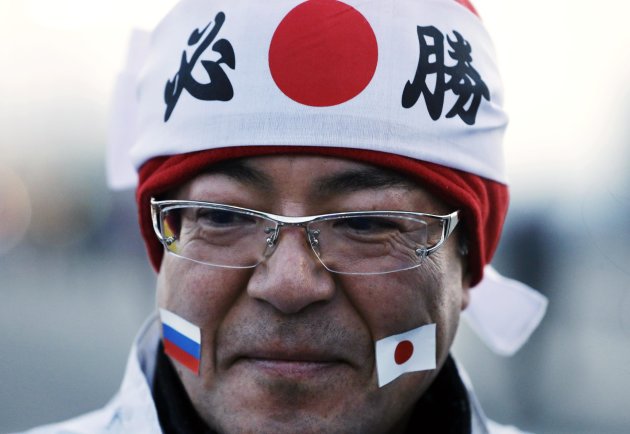
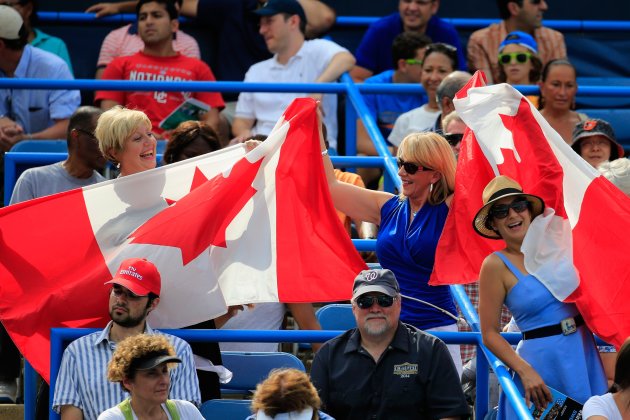

No comments:
Post a Comment